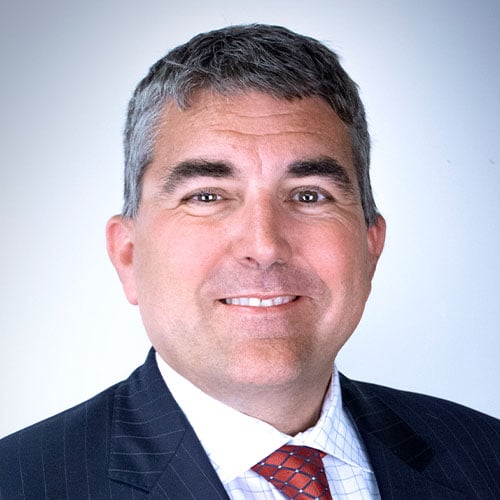This is the final part of a six-part series focused on planning and implementing a successful succession strategy. The series focuses on a business-owning couple—William, 63 and Susan, 60—along with their three children: Nancy, 28; John, 25 and Amanda, 20.
While this family is fictionalized, its members represent the clients and issues I have worked with extensively over the course of the last two decades. The first five parts have covered:
- Introducing William and Susan’s origin story and introduced their company, Jackson Machining.
- Building a governance plan that insures the right people are making the right business decisions.
- The financial planning process.
- How to document and implement William and Susan’s legacy.
- Maintaining family harmony throughout and after the succession process.
Now, this sixth and final part of the series brings all of this together into a plan of attack for positive impacts on the people and causes William and Susan care about.
What does the succession plan actually look like?
As this six-part series has come together, each of the six parts has focused on a separate and distinct part of the succession process. However, each part is not actually separate and distinct; rather, it is a critical piece of a larger puzzle, answering a critical question: how does this critically important asset care for the people we care about; both now and in the future?
The centerpiece of the plan is the client’s statement of financial purpose. During the time we are providing clients like William and Susan financial advice, we consistently and doggedly revisit that purpose.
For example, if William and Susan’s statement of financial purpose is to maximize time spent together with their family, at each meeting, we would explore what that has looked like in practice:
- How much time?
- Spent where?
- Doing what?
- How has that time affected William and Susan’s mindset and emotional well-being?
If there are gaps from what William and Susan hoped and what has happened, as their advisors, we would work with them to narrow those gaps.
As it relates to the business, we would explore the business’ role in that purpose statement and progress since the last meeting on executing on that purpose. For example, if William and Susan’s goal was to create a multi-generational business, we would explore whether that goal has changed, why it has and whether any change in purpose changes the underlying plan (spoiler alert: it absolutely would). We would explore the roles William and Susan want the children to take in the business, the timing of those expectations and whether the children were developing the skills needed to be in those roles at those times.
The next part of the plan is what we have called in this series a Business Continuation Plan—or what others might refer to as a “Doomsday Analysis.” The Business Continuation Plan answers the question “if not you, then who?” In other words, by role, what decisions do William and Susan make, how do they make them and who are the best people to make those decisions if William and Susan cannot? That analysis is documented in a memorandum (the Business Continuation Plan) and executed through empowering those decision makers in Jackson’s legal governance documents (bylaws, shareholder agreements, etc.) and William and Susan’s estate planning documents.
The plan would then have a robust financial analysis. In general, the financial analysis would be designed to answer William and Susan’s critical financial questions. For example, what is the financial consequence to William and Susan in accomplishing their financial purpose? Can William and Susan impact the people and causes that matter to them in the way they want? When can William stop working? When can they stop owning? That analysis will tell William and Susan what they can do with Jackson shares and when. It will also analyze what happens to the people William and Susan care about if they die or become disabled and ensures those events do not have a catastrophic financial outcome.
Next, William and Susan’s estate plan would be updated to execute on their succession goals. Proper governance of Jackson would be coordinated with proper estate plan roles. Coordination of legacy and distributions would be defined and structured. If estate taxes could impede the succession plan, those matters are analyzed and planned for.
And finally, William and Susan would craft the right family communication and collaboration plan. William and Susan would determine risks within the plan to family harmony and work within the family to ensure all members of the family understand the “why” of the plan and have a chance to provide perspective and input. The communication could be as formal as creating a family council with a robust regular agenda or could simply involve more informal family meetings where the integration of family mission and succession purpose can be discussed.
Conclusion
A life is well lived when resources are aligned with purpose. A thoughtful succession plan allows alignment of business owners’ most important and valuable asset with the impacts they want to bring about for the people and causes they care about.
ABOUT THE AUTHOR

SVP Director Wealth Strategy JD, CPA | Johnson Financial Group
Joe has extensive experience helping high‐net worth individuals, family offices, business owners and corporate executives meet their wealth and legacy goals. His areas of specific interest and skill include business succession planning, financial and estate planning, and wealth transfer strategies.






